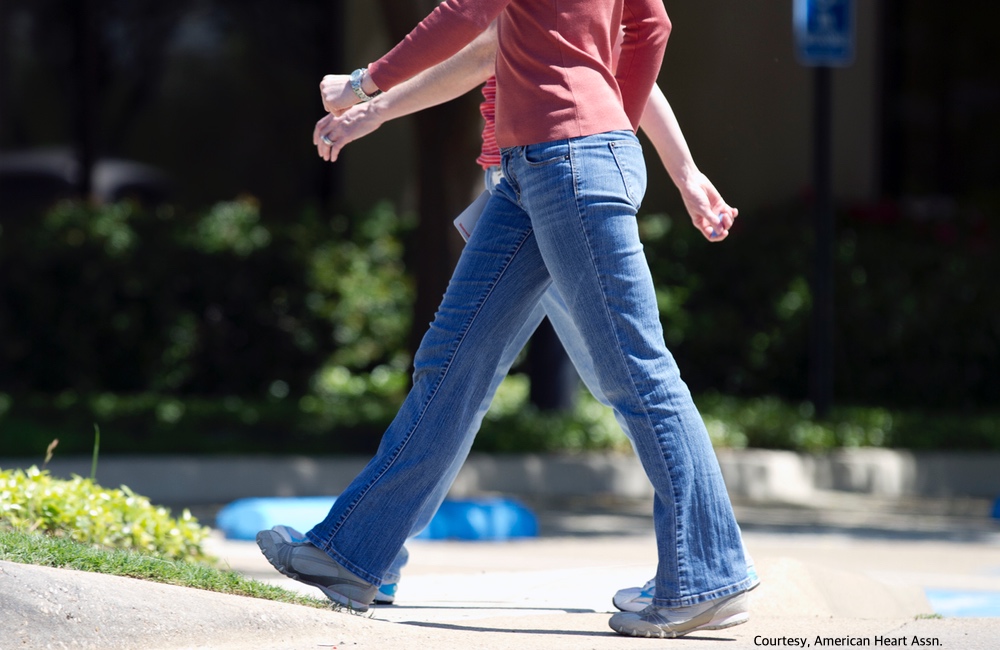A study from the University of Michigan shows that the chance of surviving an out−of−hospital heart attack has not improved in the last 30 years. The authors suggest that the most likely ways to improve survival all revolve around faster treatment by the witnesses of heart attacks, whether the witnesses are medical personnel or civilians.
Over half (53%) of all heart attacks in the study were witnessed by a bystander.
According to the study, the chance of surviving an out−of−hospital heart attack long enough to be eventually discharged from a hospital is only 7.6%, roughly 1 out of 13. While knowledge of how to treat heart attacks has increased substantially, this has not translated into more lives saved.
In Seattle, CPR training is widespread and EMS response and time to defibrillation is short. Seattle has the highest rate of cardiac arrest survival in the country, estimated at around 30% of all witnessed events.
Seattle appears to be following Sasson's advice. In Seattle, CPR training is widespread and EMS response and time to defibrillation is short. Seattle has the highest rate of cardiac arrest survival in the country, estimated at around 30% of all witnessed events. According to the present study, that would be an overall survival rate of around 16%, better than twice the average. This contrasts with New York City, where few victims receive bystander CPR and time to EMS response and defibrillation is longer. Survival from sudden cardiac arrest in New York City has been estimated to be as low as 1–2%.
The study found that several factors increase the chances of surviving a heart attack. The best predictor of survival was the return of spontaneous circulation (a pulse) at the scene of the heart attack. Victims who received bystander CPR were also more likely to survive. And the type of heart attack also affected survival, with victims with rapid or twitching heartbeat (tachycardia or fibrillation) more likely to survive than those whose heart had stopped beating altogether. These survival rates were, respectively, 15.5−33.6%, 3.9−16.1% and 14.8−23.0%.
Only 32% of the heart attack victims in the study received bystander CPR. While it may not be possible to change traffic patterns to allow faster EMS arrival or change the type of heart attacks that occur, the frequency of bystander CPR can be increased if more people learn CPR. Some studies have shown bystander CPR to double the survival rate of heart attack victims.
The best way of surviving a heart attack remains not having one in the first place. Exercise, maintaining a healthy weight and attention to diet are all helpful in preventing heart attacks.
The results of the study were published online November 10, 2009 by the journal Circulation: Quality and Outcomes.
Comilla Sasson, M.D., is a Robert Wood Johnson Scholar and emergency medicine physician at the University of Michigan Health System.




